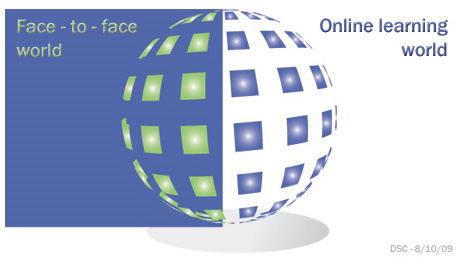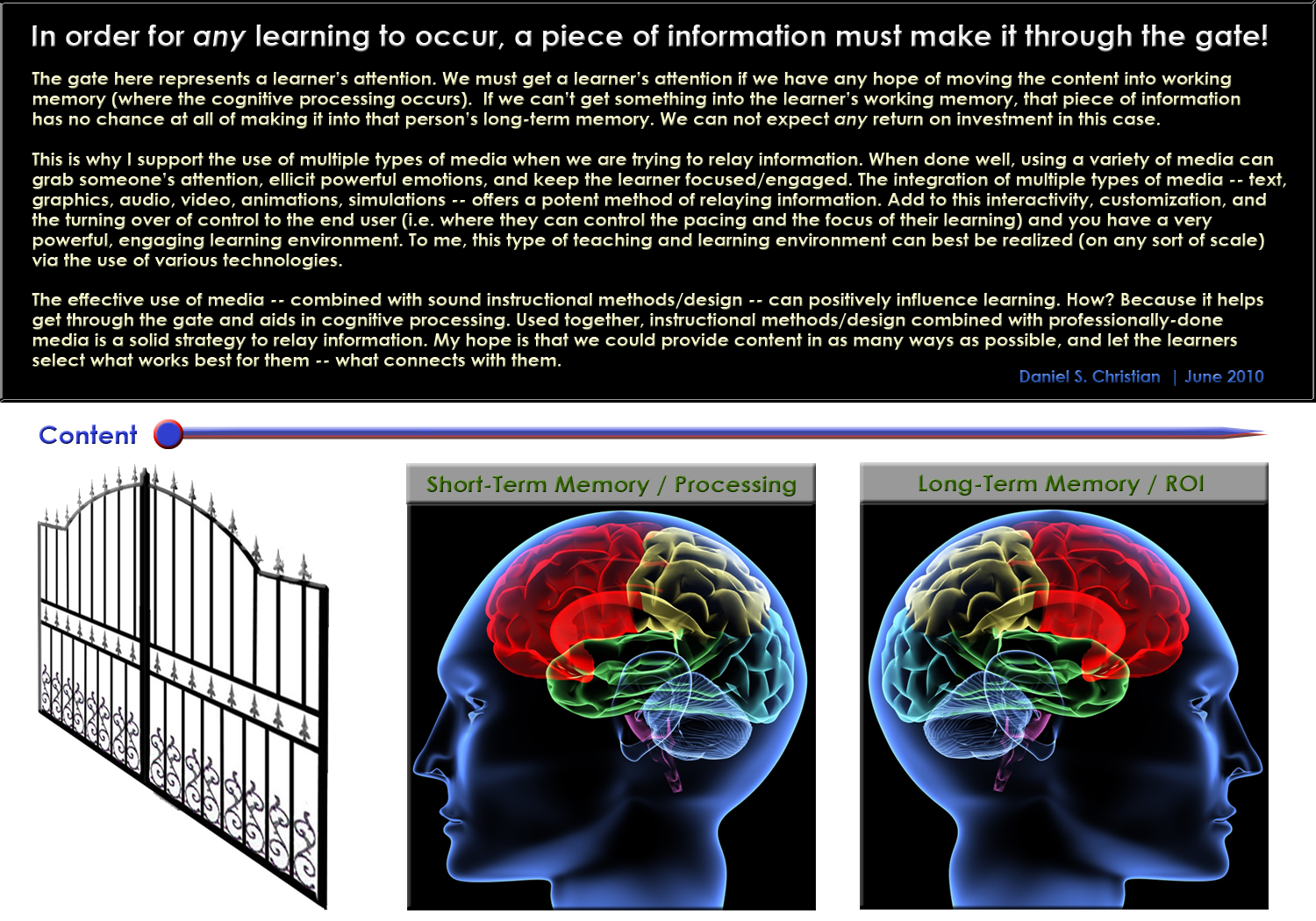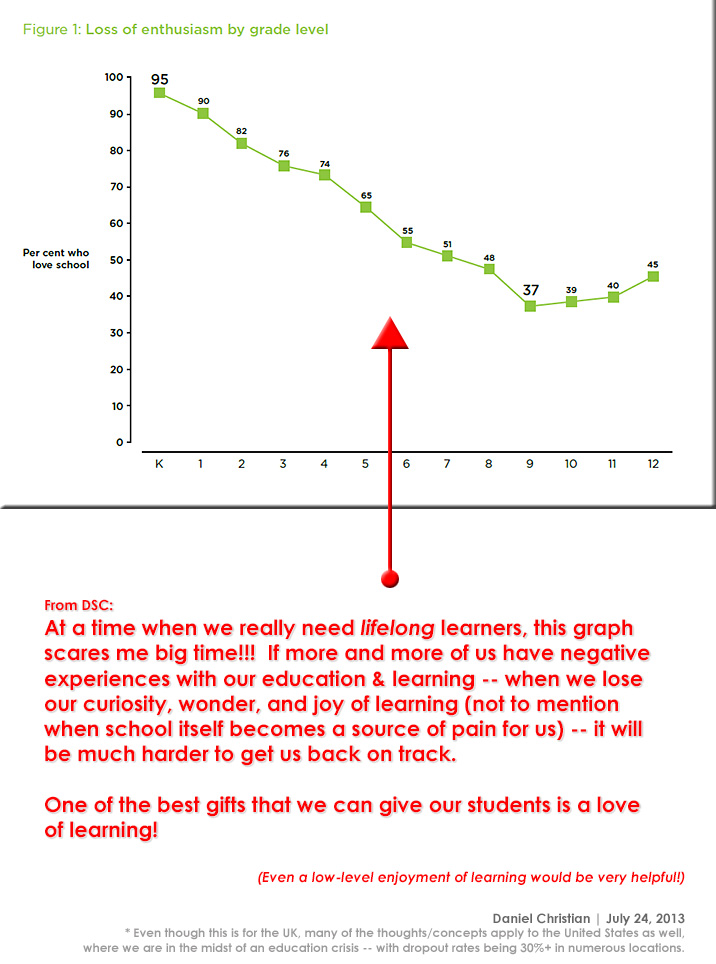Lecturers need research time off campus to best teach students — from theguardian.com by Louise Tickle; with thanks to strategic foresight practitioner Marie Conway for this resource on her University Futures Update
Louise Tickle meets four university teachers whose work in the field enriches their students’ learning

Excerpt (emphasis DSC):
Roberts’ new film, Day of the Flowers, is set in Scotland and Cuba and features ballet star Carlos Acosta. The lecturer invited students on to set as both extras and assistants, and used their observations of the practical reality of film-making to spark tutorial discussions. In the current debate around higher tuition fees and what purpose universities exist to serve, he argues that providing students with a combination of practice and theory is vital in equipping them for working life.
This means, he says, that it’s “vital” for lecturers to have a professional life away from university, “and really be engaged in their own industry in order to be the best teachers they can be and offer something special to students.” The chance to gain genuine insight into working practice, particularly in highly competitive industries, is the holy grail for soon-to-be graduates desperate to stand out from the crowd. And applying academic study into practical reality can feel hard to do, so an academic who takes the trouble to involve students in their professional practice is likely to be very popular indeed.
…
Close contact with someone working on the “inside” also means that students start to grasp more about the realities of what her working life is like.
From DSC:
Trying to change higher education is sooooo tough because no one person has all of the knowledge, wisdom, time, and energy that’s required. Faculty members — like Staff and Administration — are often just trying to stay afloat. With calls for increased productivity, it’s hard to create/experience the sorts of valuable opportunities described in the above article. However, I do think that if faculty members were also practicing their trade in a professional manner, they could stay abreast of what the markets require — what skillsets are key, how the employment landscape in their fields are changing, etc.















